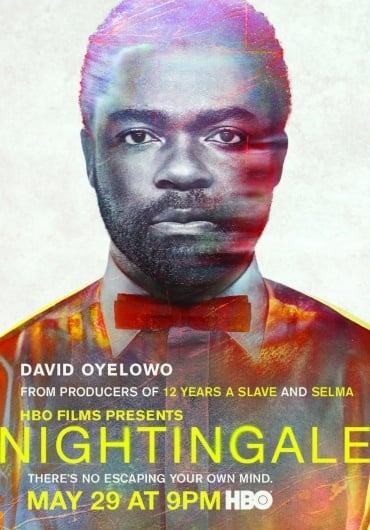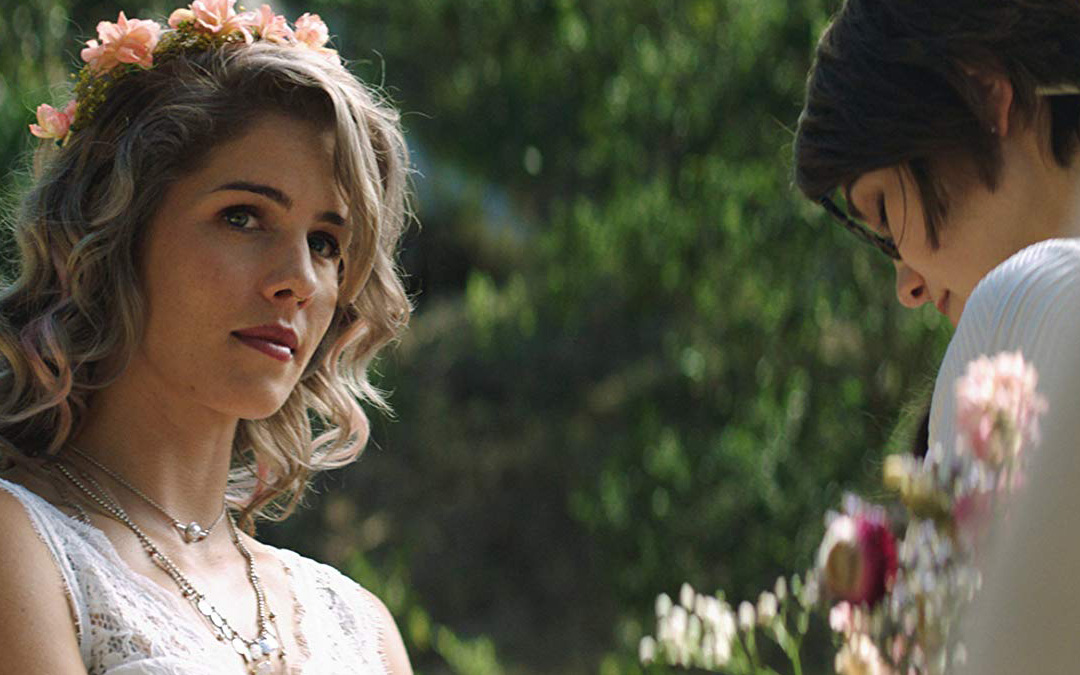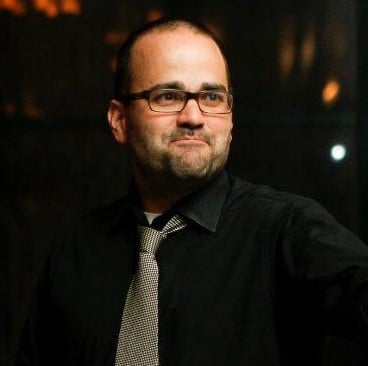Hope Across Time, Space and Violence: Jacob Estes on 'Don't Let Go'
September 12, 2019
Don’t Let Go, a new thriller from the producers of Get Out, centers around a series of phone calls a man receives from his niece following her death. In a context that bends space and time, the film explores our ability to change the future.
Though loss and violence are among the story’s themes, director Jacob Estes said feelings rooted in optimism influenced his decision to take on the project.
“I was interested in making a movie that, as intense and unnerving as it all might be, there would be some undercarriage of hope and love,” he said.
Together, Estes and Drew Daywalt wrote the script for Don’t Let Go and Jason Blum and David Oyelowo produced it for Blumhouse Productions.
In the film, which was originally titled Relive, Oyelowo plays Los Angeles police Detective Jack Radcliff. Through a connection that defies time, he and his niece Ashley (Storm Reid) try to solve her murder before it happens.
Estes said the project had something of an unusual genesis; Jason Blum first sent it to him in the form of a script called The Hurting Man.
“There was about five to seven pages of plot where a family was massacred — apparently by dad — and the one survivor, the uncle, gets a phone call from his beloved niece. I read those pages and my brain lit up with hope,” he said.
In that plot, however, the phone call was actually a MacGuffin to get the main character to show up at a haunted house.
“And I just knew that wasn’t what I was interested in as a filmmaker at the time,” Estes said.
“So I called Jason Blum back and told him that I was going to pass, actually, but I did like … the idea that this man could possibly save his niece.”
Blum asked Estes if he would be willing to explore that aspect for a film, and Estes agreed.
“I spent a couple of months thinking about what it meant that a man had gotten a call from the grave,” he said.
“I really only had two choices: Either ghosts are calling or this girl is calling from the past. The idea that she was calling from the past seemed to present the most hope.”
For Estes, the possibility of the girl’s life being saved in the story raised the question of whether our futures are guaranteed.
“I prefer to believe that we have agency to change the future,” he said.
“I actually believe that’s the fundamental reason to make a time travel movie … We’re living in a time where knowing that people have agency to change their future is important.”
Acknowledging that time travel stories are naturally complex, Estes decided Don’t Let Go would succeed on its emotional arc.
“Our cards had an emotional tenor on every one of them,” he said.
“Instead of, ‘INT. POLICE STATION’ or, ‘INT. BATHROOM’ it said something like, ‘He refuses a phone call from the dead and is unnerved’ but I didn’t know where that would take place.”
Still, he said he remained flexible with telling the story and noted it ends on an emotional beat. There was, however, a whole other cut in which the film ended on what Estes described as a mathematical beat. That version drew out a second timeline from the past.
“The villain of the movie ends up out on a cliff … And you really don’t know what the villain is going to do because he’s a conflicted villain. So in the script it actually says, ‘Maybe we’ll end it this way; maybe he’ll do this or maybe he’ll do that.’ We talked about it in rehearsal and on the day that we shot it, while the light was going down — magic hour — we had him perform the different variations that the script called for, and in the edit we decided how to go,” he said.
All of these possibilities posed challenges; the first cut of the movie was nearly one hour longer than what ultimately was released. In an effort to reduce its length, the team cut scenes and beats. By the time Don’t Let Go made it to Sundance, however, Estes said they had taken out too much.
“We had removed … scenes that actually are pillars of the structure of the movie,” he said.
After Sundance, Estes revisited his original cut and asked himself what he had removed to change the story. His perseverance and adaptability paid off; he was able to edit another cut of the film without needing to re-shoot.
“Jason Blum, who’s an incredible partner, and his partner in the company, Couper Samuelson, and I talked about whether or not we could recut the movie and they were just generous and wanting me to succeed,” Estes said.
“David Oyelowo and I got together and we made a list of things we wanted to do, and we agreed we would only do things if we understood the reason why we were doing them.”
Though it took three or four sessions, eventually the team arrived at a cut they were all proud to release.
Don’t Let Go is in theaters now.
Written by: Michael Kuciak
Michael Kuciak is the writer-director of the forthcoming horror film DEATH METAL. He's from Chicago.



